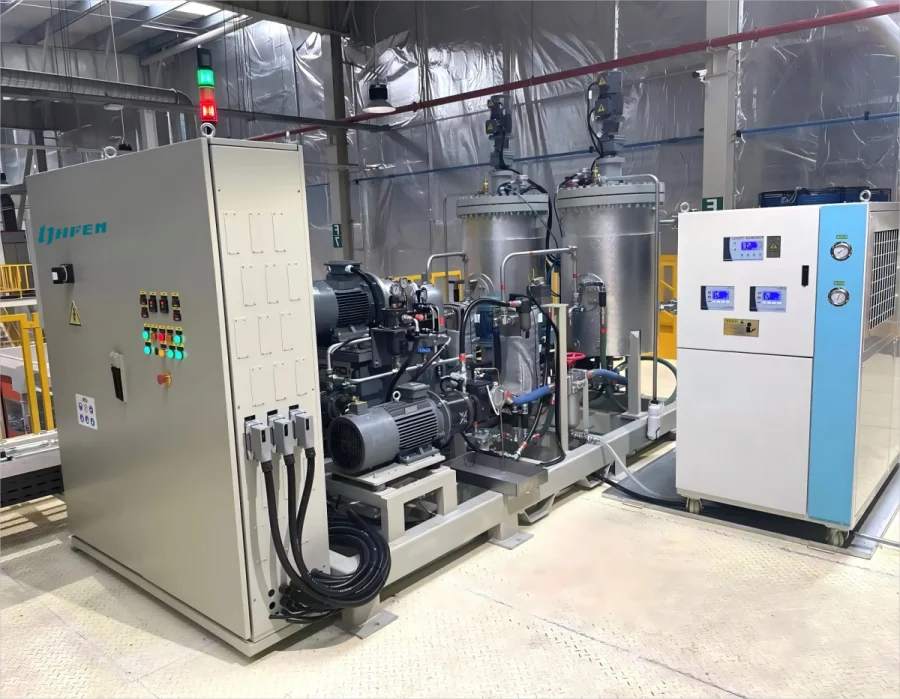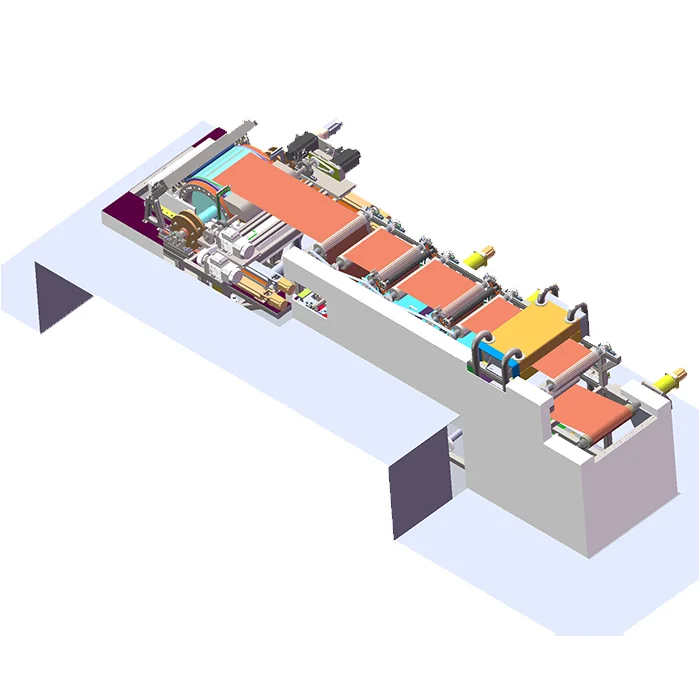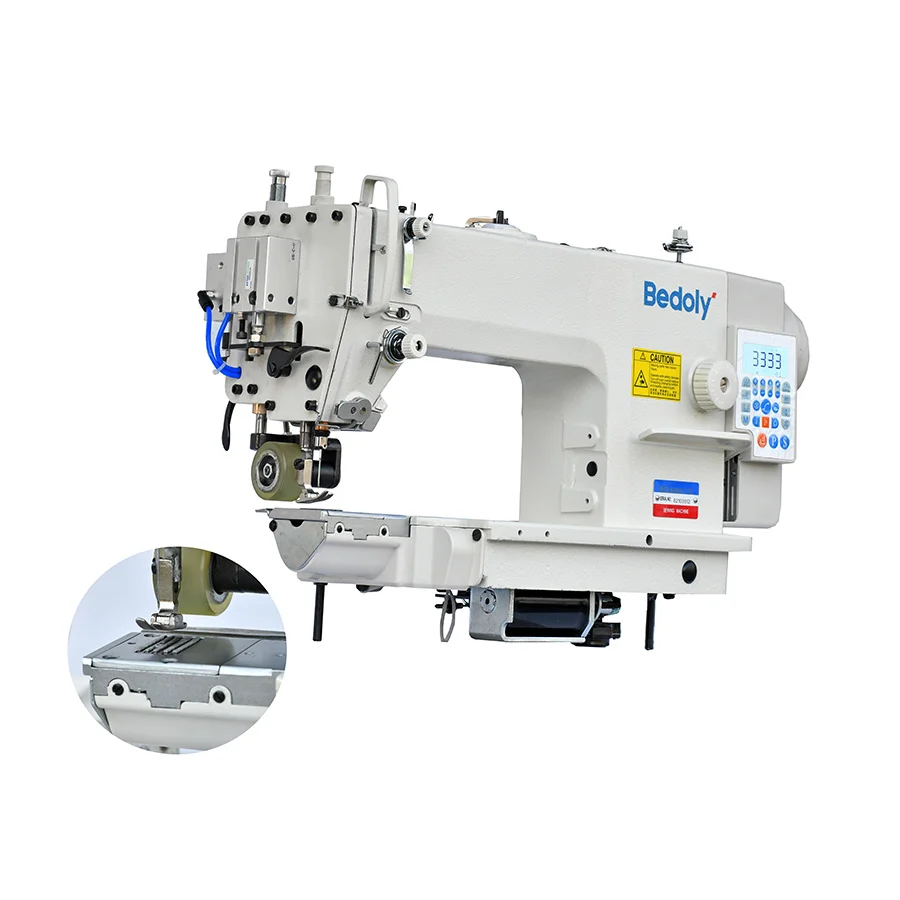Decoding the Chain Mystery: How to Determine the Right Chain for Your Chainsaw
2 min readChoosing the correct chain for your chainsaw is crucial for optimal performance and safety. With numerous options available, it can be overwhelming to determine the right chain for your specific needs. In this comprehensive guide, we will delve into the factors to consider and provide step-by-step instructions to help you confidently identify the perfect chain for your chainsaw.
- Understanding Chainsaw Chains:
To begin, let's familiarize ourselves with the components of a chainsaw chain. A chainsaw chain consists of three main parts: the drive links, cutting teeth, and depth gauges. Each component plays a vital role in determining the chain's compatibility and performance. - Assessing Chain Specifications:
To identify the appropriate chain for your chainsaw, you need to understand the significance of chain specifications. These specifications include the pitch, gauge, and number of drive links. The pitch refers to the distance between three consecutive rivets, while the gauge represents the thickness of the drive links. The number of drive links determines the chain's length. - Determining the Pitch:
The pitch measurement is crucial as it ensures the chain fits the chainsaw's sprocket properly. To determine the pitch, measure the distance between any three consecutive rivets and divide it by two. Common pitch sizes include 0.325, 3/8, and 0.404. Matching the pitch of the chain to the sprocket is essential for smooth operation. - Measuring the Gauge:
The gauge measurement is vital to ensure the chain fits snugly into the chainsaw's guide bar groove. Measure the thickness of the drive links using a caliper or a gauge tool specifically designed for this purpose. Common gauge sizes include 0.050, 0.058, and 0.063. Choosing the correct gauge prevents excessive wear and potential kickback. - Counting the Drive Links:
The number of drive links determines the chain's length and compatibility with the chainsaw. Count the number of drive links on your old chain or consult the chainsaw's manual for this information. Ensure the replacement chain has the same number of drive links to maintain proper tension and cutting performance. - Considering Chain Types:
Different chainsaw applications require specific chain types. Understanding the various chain types will help you select the most suitable one for your needs. Some common chain types include full chisel, semi-chisel, and low-profile chains. Factors such as wood hardness, cutting speed, and desired finish should be considered when choosing a chain type. - Seeking Professional Advice:
If you are unsure about any aspect of selecting the right chain for your chainsaw, it is always wise to seek guidance from a professional. Local chainsaw dealers or manufacturers' customer support can provide valuable insights and recommendations based on your specific requirements.
Conclusion:
Selecting the correct chain for your chainsaw is a critical decision that directly impacts performance, safety, and efficiency. By understanding the chain specifications, measuring pitch and gauge accurately, and considering the appropriate chain type, you can confidently determine the ideal chain for your chainsaw. Remember, when in doubt, consult professionals who can offer expert advice tailored to your needs. Happy cutting!



